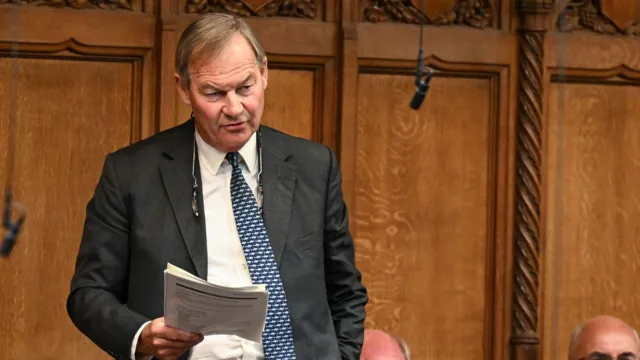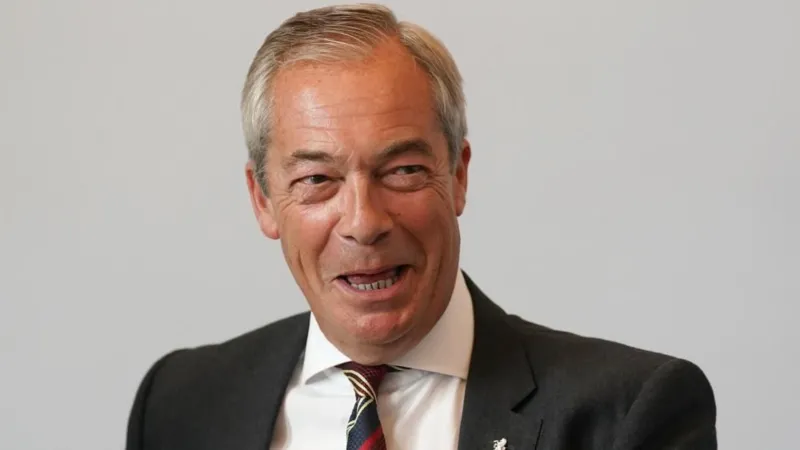Pension Triple Lock Cost Soars: Triple Initial Estimate by 2030, OBR Warns
The UK’s state pension triple lock, a policy designed to safeguard pensioners’ incomes, is projected to cost significantly more than initially anticipated, potentially tripling its estimated expenditure by the end of the decade.

According to the government’s official forecaster, the Office for Budget Responsibility (OBR), the annual cost of the triple lock is now estimated to reach £15.5 billion by 2030. This figure represents a substantial increase compared to the initial projections when the policy was implemented in 2011.
The triple lock mechanism guarantees that the state pension increases annually by the highest of three measures: the rate of inflation, average wage growth, or a floor of 2.5%. While intended to protect the purchasing power of pensions, the volatility of inflation and earnings, as highlighted by the OBR, has led to a cost that is “around three times more than initial expectations” over its first two decades.
This escalating cost of the triple lock, alongside other factors such as the restoration of winter fuel payments and the reversal of planned spending cuts, has contributed to the UK’s public finances being in a “relatively vulnerable position.” The OBR report indicates that government debt has continued to rise, and borrowing remains elevated due to these policy adjustments.
Pensioner Protection Amidst Rising Costs
The state pension is a significant component of the UK government budget, second only to healthcare spending. Introduced by the Conservative-Liberal Democrat coalition government in 2011, the triple lock was designed to ensure that the value of the state pension kept pace with the cost of living and the earnings of the working population. Data from the OBR reveals that the earnings-linked component of the lock has been triggered in eight out of the thirteen years since its inception, largely due to greater-than-anticipated inflation volatility.
As of April 2025, the earnings link resulted in a 4.1% increase in the state pension. This means the full new state pension (for those who reached state pension age after April 2016) is now worth £230.25 per week, an annual increase of £472. For those receiving the old basic state pension (for those who reached state pension age before April 2016), the weekly amount is £176.45, a rise of £363 annually.
Chancellor Rachel Reeves has affirmed the Labour government’s commitment to maintaining the triple lock until the conclusion of the current parliamentary term. However, the sustainability of this policy remains a subject of considerable debate. The Institute for Fiscal Studies (IFS), an influential economic think-tank, has previously suggested scrapping the triple lock and instead tying pension increases to prices, with a link to economy-wide average earnings for cost control. This would align with recommendations for a broader overhaul of the pensions system.
Pensioner advocacy groups argue that the triple lock is essential for protecting older individuals from financial hardship, particularly given the high cost of living and the fact that the UK’s state pension payout is not among the most generous in Europe. They emphasize the need for continued protection to prevent a further decline in the financial well-being of pensioners.



Post Comment